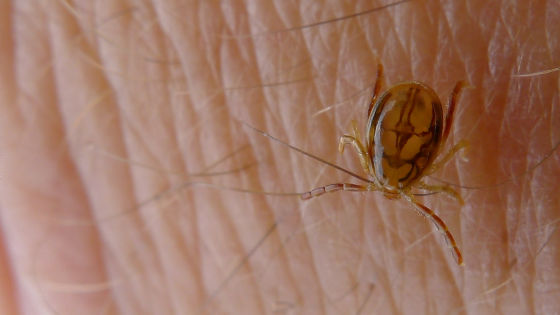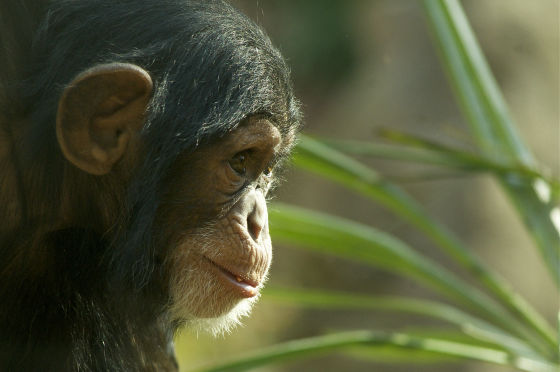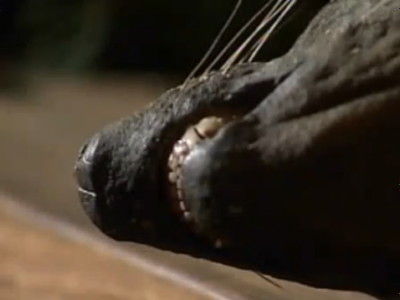Researchers discover new species of mites from their nose

BySarah Anne Lloyd
Tony Goldberg, a professor of veterinary medicine at the University of Wisconsin-Madison, finished the survey at Kibale National Park in western Uganda and returned to the university in the United States where she discovered mites from her nose. Even this alone is unusual, but the ticks found in the nose are known to be new species.
UW scientist sniffs out possible new tick species
http://www.news.wisc.edu/22176
Mr. Goldberg says that he went to Uganda for the research purpose of "How will infectious diseases occur in natural zones"? "After returning to the U.S. after completing the survey, he is taking stowaways I realized that, "I will look back on the situation at that time with jokes. Originally when I noticed "something is in my nose", he seems to be driven by the urge to pick up his face, but when Mr. Goldberg uses tweezers and mirrors to take out a mysterious creature, one tick It is said that it came out.

ByJohn Tann
Mr. Goldberg investigated genetic information without killing the mites taken out. As a result, it was revealed that the nucleotide sequence and genetic information of the mite parasitized on the nose did not match with those of any mites stored in the database. According to Mr. Goldberg, a mite discovered from his nose is "already discovered, but one whose base sequence has not been confirmed, or a new kind of tick."
Mites parasitic on the nose are not the first cases that Mr. Goldberg discovered, and Kibale National Park has also confirmed mites parasitizing on the nose of the chimpanzee, and other researchers said that " There was also pointed out that the mites are the same thing parasitic on the nose of the chimpanzee. " Goldberg studying infectious diseases is very interested in mites parasitizing the nose and will continue the investigation.

ByValerie
As a result of research carried out with the cooperation of other researchers, mites discovered from their own nose are parasitizing on the nose of the chimpanzeeAmblyommaIt turned out to be a family member of mite called. According to Mr. Goldberg, the mite Amblyomma is also known as a carrier of pathogenic bacteria, and although it is a little strange, there is a possibility that pathogenic bacteria will spread from animals to humans this way.
Mr. Goldberg who has been researching ticks parasitizing deer many years seems to have never seen a mite parasitizing on the nose of a deer, as to why mites parasitize in the nose of a chimpanzee, "probably because of the habits of chimpanzees It is oneHair trimmingI think that the reason is hidden. I talked about my own opinion that ticks who were forced to parasitize by hair trimming reached the nose which is difficult to be repaired in search of whereabouts ".

ByElaine
Mr. Goldberg discovered ticks are larvae and it is impossible to investigate whether they are new species by shape, so it is not possible to confirm whether it is a new species. It is a bit disappointing that I do not know whether it is a new species, but Goldberg showed a positive attitude that "I was satisfied with being aware of various things from ticks in my nose."
Related Posts:







